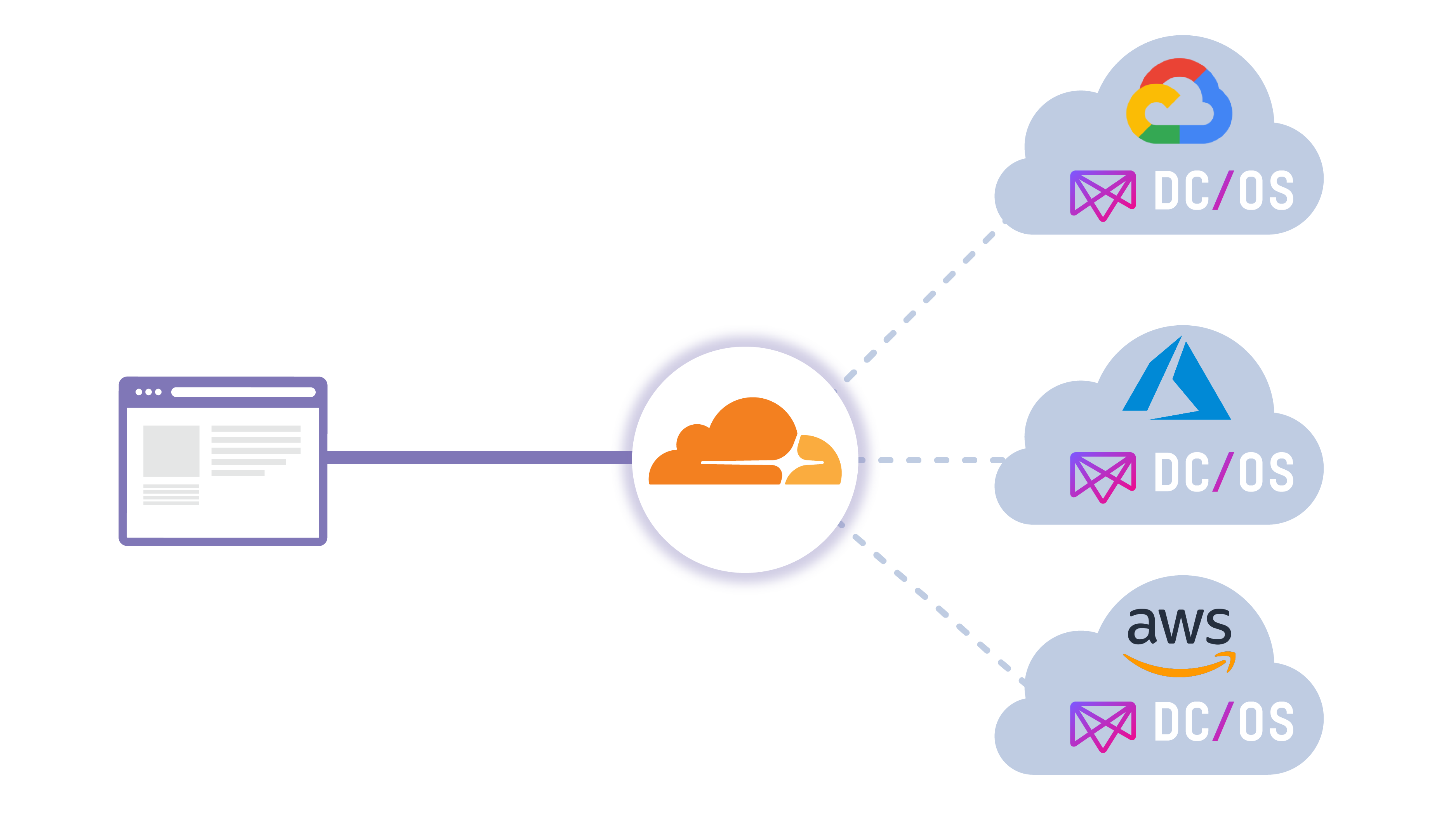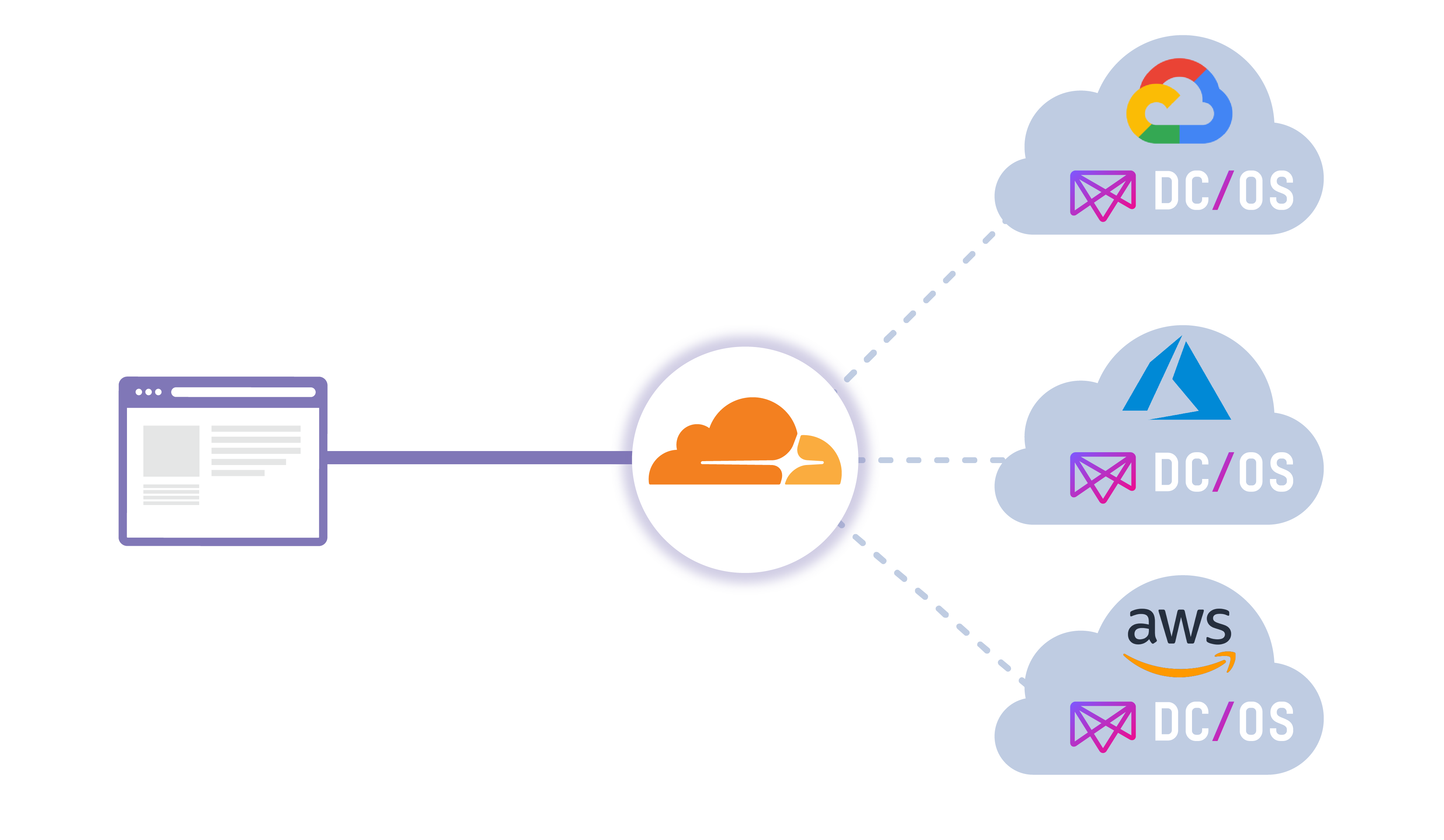Accenture Upgrades Linux Foundation Membership, Expands ONAP Work
 Accenture has been working on a commercial version of ONAP to support providers’ transition from hardware-based to software-based networks.
Accenture has been working on a commercial version of ONAP to support providers’ transition from hardware-based to software-based networks.
 Accenture has been working on a commercial version of ONAP to support providers’ transition from hardware-based to software-based networks.
Accenture has been working on a commercial version of ONAP to support providers’ transition from hardware-based to software-based networks.
 But “this rate of investment is not sustainable,” Strategic Cyber Ventures warns. There are likely many security “zombies” that initially raised big rounds but now growth has slowed.
But “this rate of investment is not sustainable,” Strategic Cyber Ventures warns. There are likely many security “zombies” that initially raised big rounds but now growth has slowed.
We often use metaphors to describe a particular part of a thing or the thing itself. For instance, we might say “I’m as hungry as a horse,” to describe how much we think we could eat (although a more appropriate saying might be “as hungry as a bird,” as it turns out!). Network operators and engineers are no exception to this making of metaphors, of course.
Metaphors have a reductionistic tendency. For instance, when saying I am as hungry as a horse, I am relating the amount of food a horse might eat to the amount of food I feel like eating. The metaphor reduces the entire person and the entire horse so the turn on a single point—a quantity of food. In using this kind of comparison, I am not claiming to have the same number of legs as a horse, or perhaps a swishing tail like a horse.
The danger in using a metaphor is that you can take the part to be the whole. When this happens, the metaphor says things it should not say, and can cause us to misunderstand the scope, complexity, or solution to a problem. For some reason, we tend to do Continue reading
In one of our last posts on MPLS – we showed how LDP can be used to dynamically exchange labels between MPLS enabled routers. This was a huge improvement from statically configured LSPs. We saw that LDP was tightly coupled to the underlying IGP but we didn’t spend a lot of time showing examples of that. In this post, I want to extend our lab a little bit to show you exactly how tightly this coupling is. To do so, we’ll use part of the extended lab that we created at the end of our last post on the JunOS routing table. For the sake of being thorough, we’ll provide the entire configuration of each device. The lab will look like what’s shown below…

For a base configuration – we’re going to start with mostly everything there with the exception of MPLS and LDP. We’ll then add that in stages so we can see how things look before and after we have multiple IGP paths to the same destination…
vMX1 Configuration…
system {
host-name vmx1.lab;
}
interfaces {
ge-0/0/0 {
unit 0 {
family inet {
address 10.2.2.0/31;
}
}
}
ge-0/0/1 {
unit 0 {
Continue reading
 According to EdgeMicro, these proof-of-concept edge computing tests are the last step before deployment.
According to EdgeMicro, these proof-of-concept edge computing tests are the last step before deployment.
Today's Network Break analyzes a new AWS backup service, Rubrik's latest infusion of VC cash, whether the tech sector has reached its natural growth limit and what that means for how tech companies are valued, a Juniper/IBM deal, and more.
The post Network Break 218: AWS Launches New Backup Service; Rubrik Rakes In VC Bucks appeared first on Packet Pushers.
On today's Tech Bytes, sponsored by Comstor, we're going to dive into Cisco's Smart Net Total Care. We discuss different service options and examine the Collector software that can help organizations get a handle on Cisco software licenses, updates, and bug fixes.
The post Tech Bytes: Understanding Cisco’s Smart Net Total Care (Sponsored) appeared first on Packet Pushers.
 Research group sees reasons to be cheerful as mobile infrastructure market set to see turnaround after three consecutive years of declining revenues thanks to 5G New Radio.
Research group sees reasons to be cheerful as mobile infrastructure market set to see turnaround after three consecutive years of declining revenues thanks to 5G New Radio.

IoT survey: Nearly half of all companies using IoT devices don’t have mechanisms in place to detect if any of their devices have been hacked, according to a survey featured in a Fast Company story. Just 14 percent of the respondents to the Gemalto survey believe providing security is an ethical consideration.
Huge leak: More than 22 million unique passwords and 772 million email addresses were leaked and distributed by hackers in a folder named “Collection #1,” Mashable reports. The cache of emails and passwords were collected from several data, dating back to 2008.
Pushing back: WhatsApp is planning to fight India’s recent crackdown on encryption, FT.com reports. Indian policymakers have proposed rules that would allow authorities to trace the origin of encrypted messages, but WhatsApp says it will protest the proposals.
Fighting fake news: Japan’s government plans to come up with a plan to fight fake news by June, Japan Times says. The plan could include requiring social media companies to create codes of conduct. Several other attempts by governments to fight fake news have led to concerns about censorship, however.
AI as a weapon: Forbes.com has a story raising concerns about the weaponization of Artificial Intelligence. Continue reading

Cloudflare is proud to partner with Mesosphere on their new Argo Tunnel offering available within their DC/OS (Data Center / Operating System) catalogue! Before diving deeper into the offering itself, we’ll first do a quick overview of the Mesophere platform, DC/OS.
Mesosphere DC/OS provides application developers and operators an easy way to consistently deploy and run applications and data services on cloud providers and on-premise infrastructure. The unified developer and operator experience across clouds makes it easy to realize use cases like global reach, resource expansion, and business continuity.
In this multi cloud world Cloudflare and Mesosphere DC/OS are great complements. Mesosphere DC/OS provides the same common services experience for developers and operators, and Cloudflare provides the same common service access experience across cloud providers. DC/OS helps tremendously for avoiding vendor lock-in to a single provider, while Cloudflare can load balance traffic intelligently (in addition to many other services) at the edge between providers. This new offering will allow you to load balance through the use of Argo Tunnel.

Cloudflare Argo Tunnel is a private connection between your services and Cloudflare. Tunnel makes it such that only traffic that routes through the Continue reading
The post Exporting Flow to multiple servers (Flow Samplicators) appeared first on Noction.
Breaking out of old perceptions about the role of IT departments be the key to being part of companies' overall digital transformation strategies.

War stories on EIGRP Stuck In Active.
The post QNA: How could an EIGRP Stuck In Active event ever happen in real life? appeared first on EtherealMind.
In the first part of his interview with Christoph Jaggi Kristian Larsson talked about the basics of CI testing. Now let’s see how you can use these concepts in network automation (and you’ll learn way more in Kristian’s talk on April 9th… if you register for our network automation course).
How does CI testing fit into an overall testing environment?
Traditionally, in particular in the networking industry, it's been rather common to have proof of concepts (POC) delivered by vendors for various networking technologies and then people have sat down and manually tested that the POC meets some set of requirements.
Read more ...Design continuums and the path toward self-designing key-value stores that know and learn Idreos et al., CIDR’19
We’ve seen systems that help to select the best data structure from a pre-defined set of choices (e.g. ‘Darwinian data structure selection’), systems that synthesise data structure implementations given an abstract specification (‘Generalized data structure synthesis’), systems that use learning to tune configurations given a pre-defined set of configuration options (e.g, ‘BOAT: Building auto-tuners with structured Bayesian optimization’), systems that use learned models as key inputs to algorithms (e.g. ‘SageDB: a learned database system’), and systems that use reinforcement learning to discover fit-for-workload policies (‘Towards a hands-free query optimizer through deep learning’). Today’s paper choice jumps right into the middle of this mix, showing how families of data structures can be organised into design continuums with well-understood design parameters and cost models informing selection of a given data-structure design from within the space. As well as helping us to understand and reason about data structures within the space, the constrained feature space with quick-to-evaluate cost models opens the way to practical machine learning guided data structure synthesis and selection. Continue reading
We have left the Bay Area, and headed North. We have moved to the Greater Seattle area - specifically the Eastside, between Bellevue and Redmond. We’ve given up the old apartment in San Francisco for a larger, nicer house…for a lot less in rent. A lot fewer bars & restaurants, a lot more trees, parks and lakes.
The typical Bay Areas response is: “But why??? It rains all the time in the Pacific Northwest!!!!”
A few things:
1. Yes, it rains more here than San Francisco, but not as much as people think. It’s not even in the top 10 cities in the US for annual rainfall. Boston, New York, Washington DC all receive more.
2. Rain is OK. In fact rain is good. You don’t get lush forests through irrigation. You also don’t get clean streets just from street sweepers.
The main attractions for us are:
Much better lifestyle for us. It’s easy to go mountain biking, running, hiking, skiing here.
Much lower rent. Yes, rents have gone up a lot here, but it’s still much better value than San Francisco. I pay much less rent here, but I get a nice place, and the Continue reading
We have left the Bay Area, and headed North. We have moved to the Greater Seattle area - specifically the Eastside, between Bellevue and Redmond. We’ve given up the old apartment in San Francisco for a larger, nicer house…for a lot less in rent. A lot fewer bars & restaurants, a lot more trees, parks and lakes.
The typical Bay Areas response is: “But why??? It rains all the time in the Pacific Northwest!!!!”
A few things:
1. Yes, it rains more here than San Francisco, but not as much as people think. It’s not even in the top 10 cities in the US for annual rainfall. Boston, New York, Washington DC all receive more.
2. Rain is OK. In fact rain is good. You don’t get lush forests through irrigation. You also don’t get clean streets just from street sweepers.
The main attractions for us are:
Much better lifestyle for us. It’s easy to go mountain biking, running, hiking, skiing here.
Much lower rent. Yes, rents have gone up a lot here, but it’s still much better value than San Francisco. I pay much less rent here, but I get a nice place, and the Continue reading
We have left the Bay Area, and headed North. We have moved to the Greater Seattle area - specifically the Eastside, between Bellevue and Redmond. We’ve given up the old apartment in San Francisco for a larger, nicer house…for a lot less in rent. A lot fewer bars & restaurants, a lot more trees, parks and lakes.
The typical Bay Areas response is: “But why??? It rains all the time in the Pacific Northwest!!!!”
A few things:
1. Yes, it rains more here than San Francisco, but not as much as people think. It’s not even in the top 10 cities in the US for annual rainfall. Boston, New York, Washington DC all receive more.
2. Rain is OK. In fact rain is good. You don’t get lush forests through irrigation. You also don’t get clean streets just from street sweepers.
The main attractions for us are:
Much better lifestyle for us. It’s easy to go mountain biking, running, hiking, skiing here.
Much lower rent. Yes, rents have gone up a lot here, but it’s still much better value than San Francisco. I pay much less rent here, but I get a nice place, and the Continue reading
I don’t belong to any DevOps space but I keep hearing things like Docker / kubernetes and what not. I Quickly wanted to see what these are capable of and if I can use them to my advantage so that later I can see the use case for networking.
Docker so far seems to be far more capable and am enjoying it. Thanks to one of my friends who suggested this wonderful Repo, monitoring my server has been more granular.
I will have a detailed post on Juniper MX image via docker but for now, I have used it for something out of networking space to serve a small purpose.
https://github.com/netdata/netdata
This what Netdata UI looks like while monitoring my server, this is really wonderful as for the long time I was trying to implement many Monitoring systems and most of them required some dedicated hardware or at least a Vmware spin-off instance, which is fine for me I suppose but I wanted something small and yet effective.
Netdata operates on port 19999 of localhost and should be reachable via any web-browser.
I made a small cronjob which starts this instance on every reboot.
Installation is pretty straight forward, Continue reading
 The Stackalytics numbers show that Google was the source of nearly 53 percent of all code commits, which was seven-times more than the second largest contributor, Red Hat.
The Stackalytics numbers show that Google was the source of nearly 53 percent of all code commits, which was seven-times more than the second largest contributor, Red Hat.